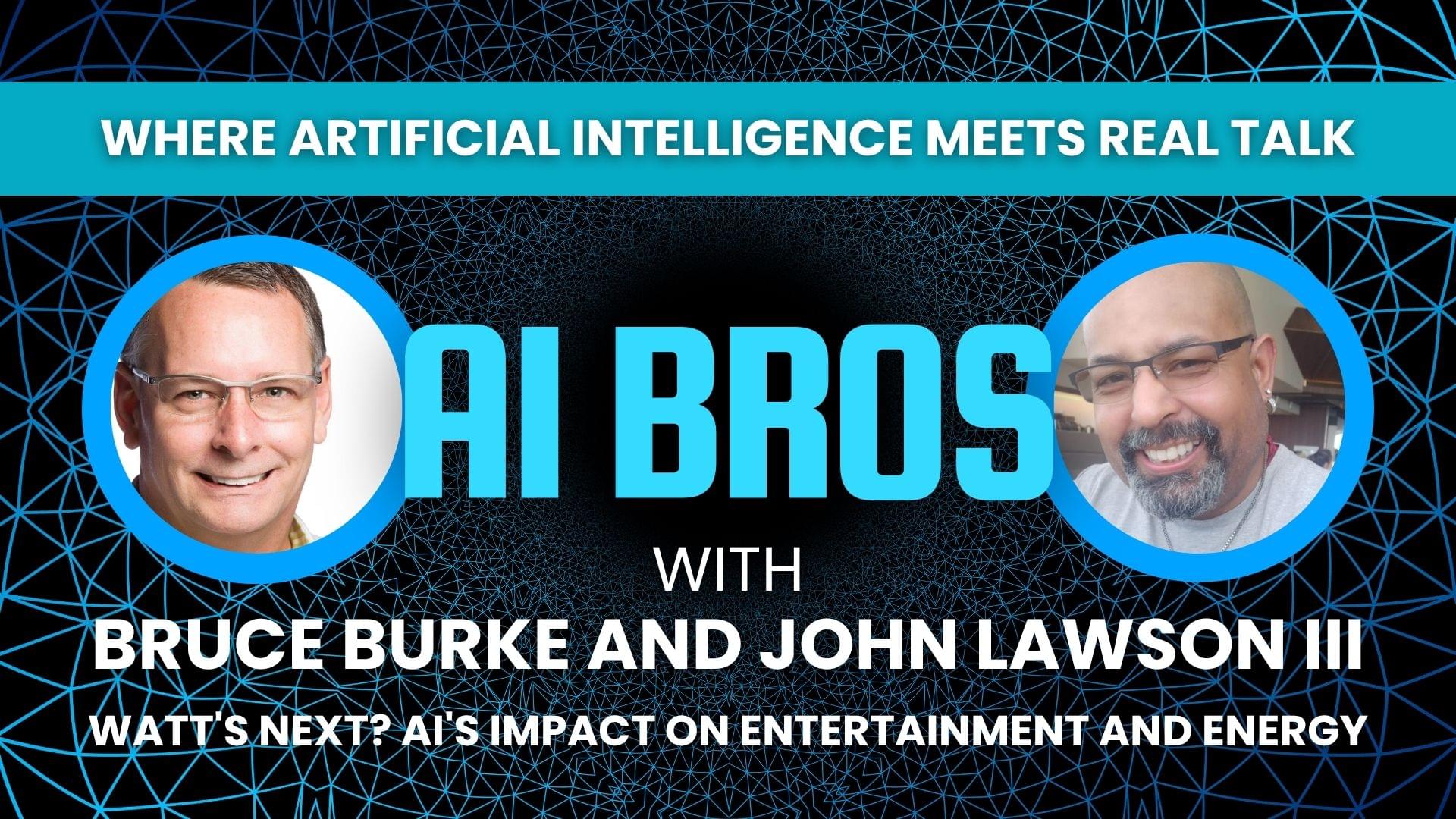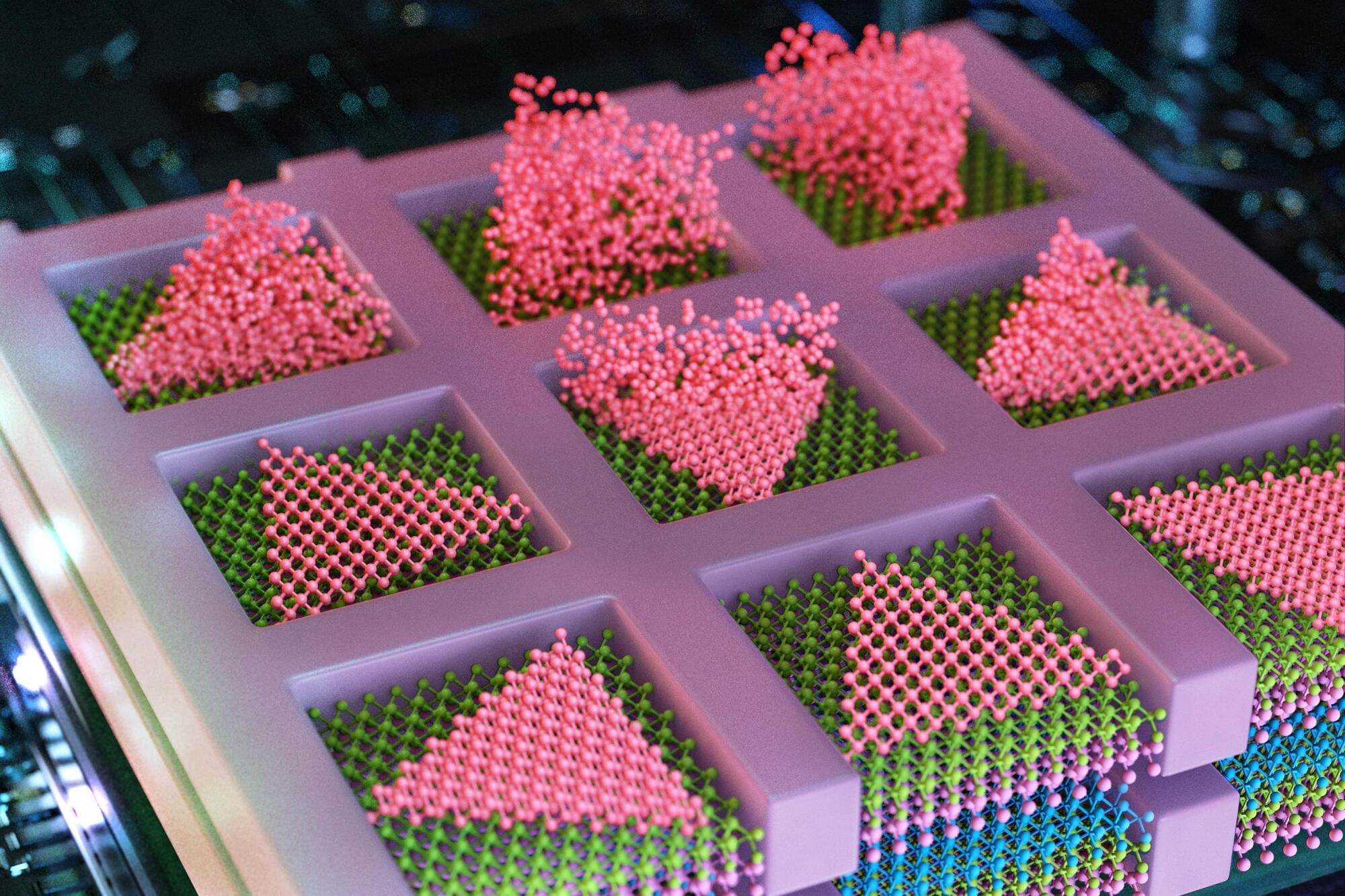AI company Midjourney has released its first video model.




In this engaging new eighth episode of the AI Bros podcast, hosts John Lawson III and Bruce Burke delve into the dynamic world of artificial intelligence and its profound impact on various industries. The conversation kicks off with a discussion on the latest developments in AI, highlighting the massive investments being made by tech giants like Mark Zuckerberg, who recently acquired a significant stake in Scale AI. This move underscores the growing importance of data labeling in training AI models and the relentless pursuit of achieving Artificial General Intelligence (AGI).
The hosts explore the implications of AI on global infrastructure, particularly focusing on the energy demands required to support AI advancements. They discuss the necessity of building new data centers and the potential role of nuclear energy in meeting these demands. The conversation touches on the strategic moves by companies to secure energy resources, emphasizing the critical need for the U.S. to catch up with countries like China in terms of infrastructure development.
Transitioning to the realm of marketing and content creation, John and Bruce highlight how AI is revolutionizing these fields. They share insights into how AI tools are being used to automate tasks that were traditionally outsourced, such as virtual assistance, graphic generation, and scriptwriting. The hosts discuss the potential of AI to create high-quality content quickly and cost-effectively, as demonstrated by a recent AI-generated commercial aired during the NBA finals.
The episode also addresses the broader societal implications of AI, including the potential need for universal basic income (UBI) as AI continues to displace jobs. The hosts debate the feasibility of UBI in the U.S. and the challenges of implementing such a system. They reflect on historical technological advancements and the new job opportunities that AI might create, while acknowledging the uncertainty surrounding the pace and scale of these changes.
Throughout the episode, John and Bruce provide a balanced perspective on the opportunities and challenges presented by AI. They emphasize the importance of staying informed and adaptable in a rapidly evolving technological landscape. The hosts conclude with a forward-looking discussion on the future of AI in entertainment, speculating on the possibility of AI-generated feature films and the evolving role of AI in creative industries.
This episode is a must-listen for anyone interested in the intersection of technology, business, and society. It offers valuable insights into the transformative power of AI and its potential to reshape our world.
Join Bruce and John for the latest episode of The AI Bros Podcast. Subscribe, like, follow and share with your network. Thank you!

The electronics industry is approaching a limit to the number of transistors that can be packed onto the surface of a computer chip. So, chip manufacturers are looking to build up rather than out.
Instead of squeezing ever-smaller transistors onto a single surface, the industry is aiming to stack multiple surfaces of transistors and semiconducting elements — akin to turning a ranch house into a high-rise. Such multilayered chips could handle exponentially more data and carry out many more complex functions than today’s electronics.
MIT researchers fabricated 3D chips with alternating layers of semiconducting material grown directly on top of each other. The method eliminates thick silicon between layers, leading to better and faster computation, for applications like more efficient AI hardware.

The goal is to understand and control the formation of alumina-supported iron nanoparticles using a high-tech microscope and machine learning.

Scientists have developed an exact approach to a key quantum error correction problem once believed to be unsolvable, and have shown that what appeared to be hardware-related errors may in fact be due to suboptimal decoding.
The new algorithm, called PLANAR, achieved a 25% reduction in logical error rates when applied to Google Quantum AI’s experimental data. This discovery revealed that a quarter of what the tech giant attributed to an “error floor” was actually caused by their decoding method, rather than genuine hardware limitations.
Quantum computers are extraordinarily sensitive to errors, making quantum error correction essential for practical applications.

Recent advances in the field of robotics have enabled the automation of various real-world tasks, ranging from the manufacturing or packaging of goods in many industry settings to the precise execution of minimally invasive surgical procedures. Robots could also be helpful for inspecting infrastructure and environments that are hazardous or difficult for humans to access, such as tunnels, dams, pipelines, railways and power plants.
Despite their promise for the safe assessment of real-world environments, currently, most inspections are still carried out by human agents. In recent years, some computer scientists have been trying to develop computational models that can effectively plan the trajectories that robots should follow when inspecting specific environments and ensure that they execute actions that will allow them to complete desired missions.
Researchers at Purdue University and LightSpeed Studios recently introduced a new training-free computational technique for generating inspection plans based on written descriptions, which could guide the movements of robots as they inspect specific environments. Their proposed approach, outlined in a paper published on the arXiv preprint server, specifically relies on vision-language models (VLMs), which can process both images and written texts.

Researchers have shown, for the first time, that transmission of ultrastable optical signals from optical clocks across tens of kilometers of deployed multicore fiber is compatible with simultaneous transmission of telecommunications data.
The achievement demonstrates that these emerging high-capacity fiber optic networks could be used to connect optical clocks at various locations, enabling new scientific applications.
As global data demands continue to surge, multicore fiber is being installed to help overcome the limits of existing networks. These fibers pack multiple light-guiding cores into a single strand, greatly increasing capacity for applications like streaming, finance and artificial intelligence.
